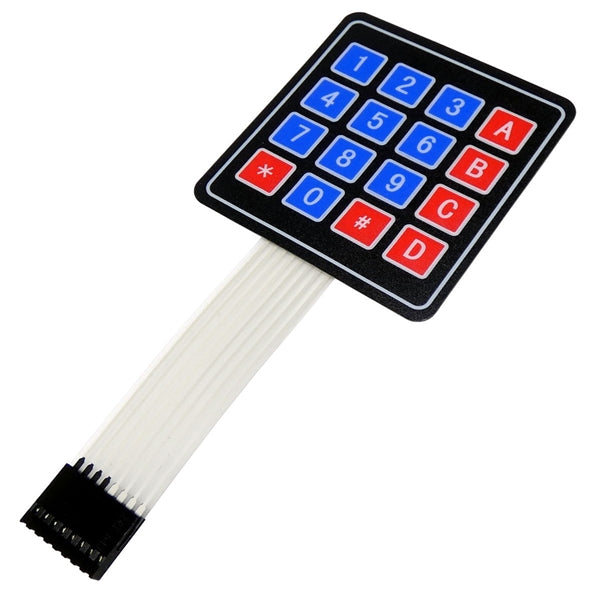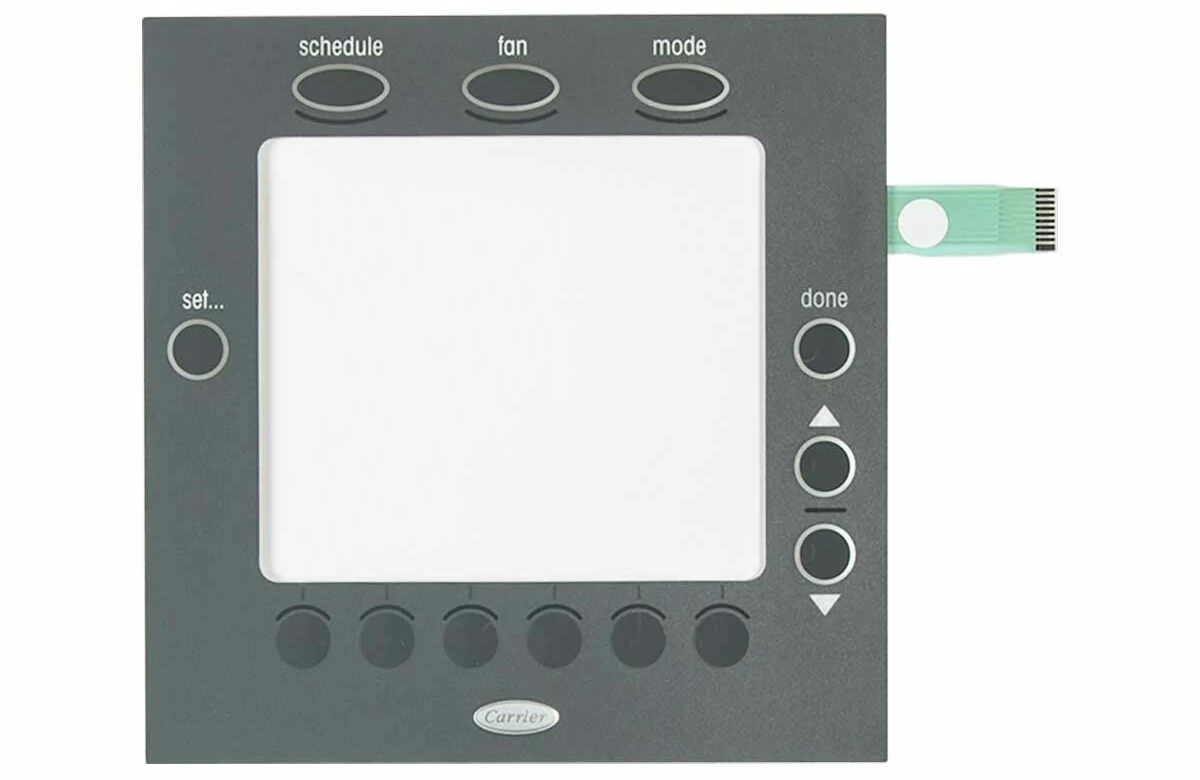Ensuring Quality and Longevity with Membrane Switches in Electronics
Ensuring Quality and Longevity with Membrane Switches in Electronics
Blog Article
Recognizing the Importance of Membrane Switches in Interface
Membrane buttons are essential components in the layout of reliable user interfaces, promoting not only performance but also boosting aesthetic allure and individual communication. As we check out the future trends and numerous benefits connected with Membrane innovation, it becomes clear that these switches are much more than simply components; they stand for a merging of technology and practicality.
What Are Membrane Switches?

The spacer layer, which has sticky properties, enables for the splitting up of the circuit layer from the overlay, making certain that the button stays in a non-activated state up until pressed. When pressure is used to the overlay, it compresses the spacer layer, linking the space and completing the circuit in the underlying layer. This style not only decreases the physical space required for standard mechanical switches but likewise enhances the resilience of the gadget, as Membrane buttons are typically resistant to dirt, moisture, and various other ecological aspects.
Commonly located in applications varying from customer electronics to clinical gadgets, Membrane switches are important to modern innovation, offering a efficient and user-friendly interface that lines up with contemporary layout requirements.
Benefits of Membrane Switches
While numerous button innovations exist, Membrane Switches deal unique advantages that make them particularly preferable in different applications. Among the main benefits of Membrane buttons is their portable design, which permits space-saving implementations in devices where realty is limited. Their thin profile not just improves aesthetic appeal yet additionally helps with lightweight building and construction.
One more significant advantage is their resistance to ecological elements. Membrane switches are commonly sealed versus moisture, dirt, and contaminants, making them optimal for use in demanding atmospheres, such as medical devices and commercial tools. This resilience expands the life-span of the button, minimizing upkeep costs and improving integrity.
In addition, Membrane switches can be customized to satisfy specific layout needs, integrating special graphics and shades that enhance individual communication. Their responsive feedback options can also be tailored to provide a satisfying individual experience. In addition, Membrane buttons are economical, specifically in high-volume applications, as they can be created efficiently.
Applications in Numerous Industries

In the customer electronic devices sector, Membrane switches prevail in devices such as microwaves, cleaning makers, and push-button controls. Their responsive comments and visual choices enhance individual experience while providing a streamlined, modern appearance. In addition, auto makers utilize Membrane switches in control panel controls and infotainment systems, where room is limited, and user engagement is vital.
In addition, the commercial market leverages Membrane buttons in control panels for machinery and tools, enabling instinctive procedure in often extreme environments. Their resistance to chemicals and dampness ensures longevity and integrity in these applications. Generally, the flexibility of Membrane Switches contributes considerably to their widespread usage, making them essential in various technological domain names.
Design Factors To Consider for Membrane Buttons

When designing Membrane switches, a number of essential factors to consider have to be taken into consideration to make certain ideal capability and individual experience. To start with, the option of products is crucial; choosing long lasting, premium substrates can enhance the button's longevity and resistance to environmental aspects such as moisture and temperature level changes.
Secondly, the style of the visuals overlay should focus on clearness and ease of usage. Symbols and text should be readable, and the layout must facilitate intuitive interaction (membrane switches). Additionally, responsive responses is crucial; incorporating a responsive dome or other mechanisms can enhance the customer experience by offering physical verification of activation
Another essential aspect is the switch's electric performance. Developers should guarantee that the conductive traces are correctly made to reduce resistance and stay clear of signal disturbance. This includes evaluating the needed actuation force and making sure compatibility with the digital parts they will certainly user interface with.

Future Fads in Membrane Technology
As innovation proceeds to advancement, Membrane buttons are positioned to advance substantially, driven by advancements in products and making methods. One emerging trend is the consolidation of advanced products, such as flexible substratums and conductive inks, which improve sturdiness and lower the total weight of Membrane switches. These products not only boost the responsive feedback but also permit the design of buttons that can hold up against harsher ecological problems.
Furthermore, the integration of touch-sensitive technologies is changing typical Membrane Switches into even more interactive interface. Capacitive touch sensors installed within Membrane switch panels can give a much more receptive and instinctive individual experience, lining up with the growing demand for streamlined, modern-day styles in customer electronic devices.
Furthermore, advancements in printing techniques, such as electronic and 3D printing, enable quick prototyping and personalization of Membrane buttons. This versatility enables makers to respond faster to market needs and consumer choices.
Finally, sustainability is becoming a significant emphasis, with manufacturers checking out environmentally friendly products and processes. As these trends unravel, the future look at this now of Membrane innovation promises improved performance, visual charm, and ecological duty, strengthening their role in innovative interface throughout various sectors.
Final Thought
In conclusion, Membrane Switches stand this hyperlink for an essential element in the layout of customer interfaces, integrating performance with visual adaptability. As advancements in technology proceed, the advancement of Membrane buttons is expected to additional improve individual interfaces, driving advancement and improving use in a progressively intricate technical landscape.
Membrane buttons are integral elements in the design of effective individual interfaces, facilitating not just performance yet likewise improving visual allure and user interaction.Membrane Switches offer as a vital element in various customer interfaces, promoting a seamless communication between users and electronic devices.While numerous button technologies exist, Membrane Switches offer unique benefits that make them specifically preferable in different applications.In addition, Membrane buttons can be customized to fulfill specific style demands, incorporating one-of-a-kind graphics and shades that improve individual interaction.In final thought, Membrane Switches represent an important element in the design of user interfaces, combining functionality with aesthetic adaptability.
Report this page